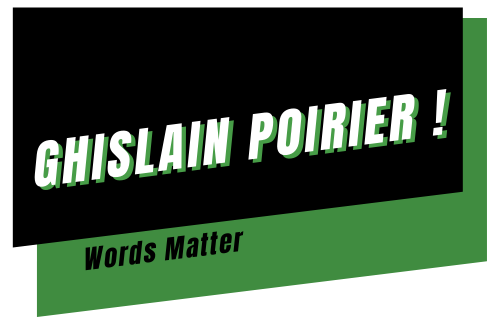Combining popular antibiotics and blood pressure drugs can lead to hypotension—very low blood pressure—and can cause shock in older patients that could require hospitalization, said Science Daily, citing a study published in the Canadian Medical Association Journal (CMAJ).
“Macrolide antibiotics (erythromycin, clarithromycin and azithromycin) are among the most widely prescribed antibiotics, with millions of prescriptions dispensed in Canada each year.” wrote Dr. David Juurlink, quoted Science Daily. Dr. Juurlink is a scientist at the Sunnybrook Research Institute and the Institute for Clinical Evaluative Sciences with study’s coauthors. “The drugs are generally well-tolerated, but they can cause several important drug interactions,” he added.
This study looked at residents of Ontario, Canada who were at least 66 years old and who were also treated with a calcium-channel blocker, medications typically used in the treatment of high blood pressure, said Science Daily, noting that the participants were reviewed from 1994 to 2009. The team reviewed information on those participants who required hospitalization for hypotension and if a macrolide antibiotic was prescribed for these participants shortly prior to the event, said Science Daily.

The team identified 7100 patients who were hospitalized for hypotension or shock while on a calcium channel blocker, wrote Science Daily. Research found that erythromycin increased the hypotension risk six-fold and clarithromycin increased the risk nearly four-fold; azithromycin did not increase hypotension risks, noted Science Daily.
“In older patients receiving calcium channel blockers, the two macrolide antibiotics erythromycin and clarithromycin are associated with a major increase in the risk of hospitalization for hypotension,” the authors concluded, quoted Science Daily. “However, the related drug azithromycin appears safe. When clinically appropriate, it should be used preferentially in patients receiving a calcium channel blocker,” the authors added.
We often write about the challenges with drug interactions and recently wrote that the Chicago Associated Press (AP) reported that deaths linked to in-home medication mistakes, such as what was seen with actor Heath Ledger, have risen markedly in the past 20 years, based on a review of U.S. death certificates. Study authors blamed increased availability and “home use of prescription painkillers and other potent drugs,” saying many of these potent medications were typically administered in hospitals 25 years ago. “The amount of medical supervision is going down and the amount of responsibility put on the patient’s shoulders is going up,” said lead author David P. Phillips of the University of California, San Diego. The study looked at about 50 million U.S. death certificates.
While many fatal drug errors involve overdoses and mixing prescription drugs with alcohol or street drugs, an increase was seen in fatal medication errors away from home, including in hospitals, and not involving alcohol or street drugs; experts found that multiple prescription drugs taken at once, are to blame.

Another example on which we previously wrote involved Prilosec and Nexium reducing the anti-clotting effects of Plavix, which can put patients at risk for heart attacks or strokes because patients taking Plavix to prevent blood clots will not receive the full effects if they are also taking Prilosec or Nexium.




